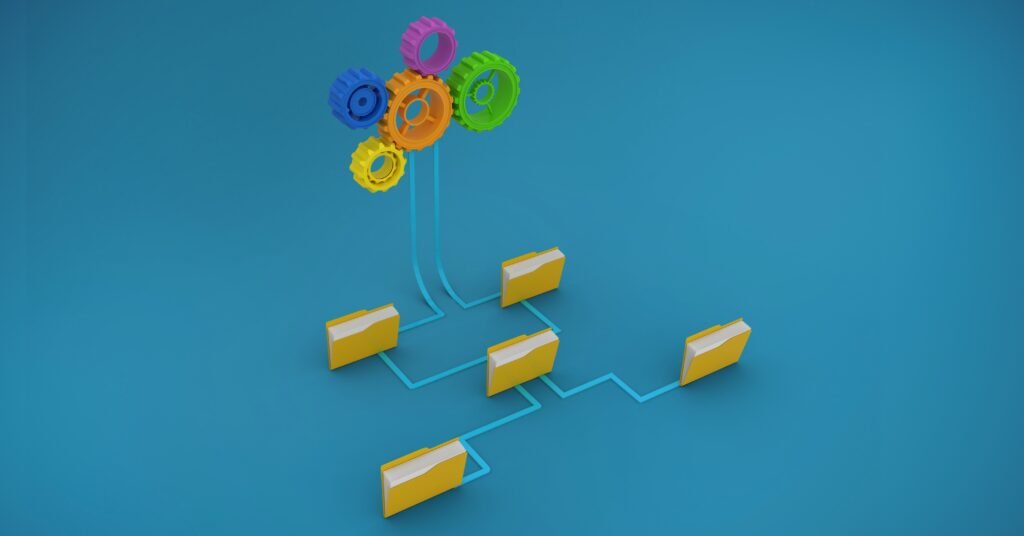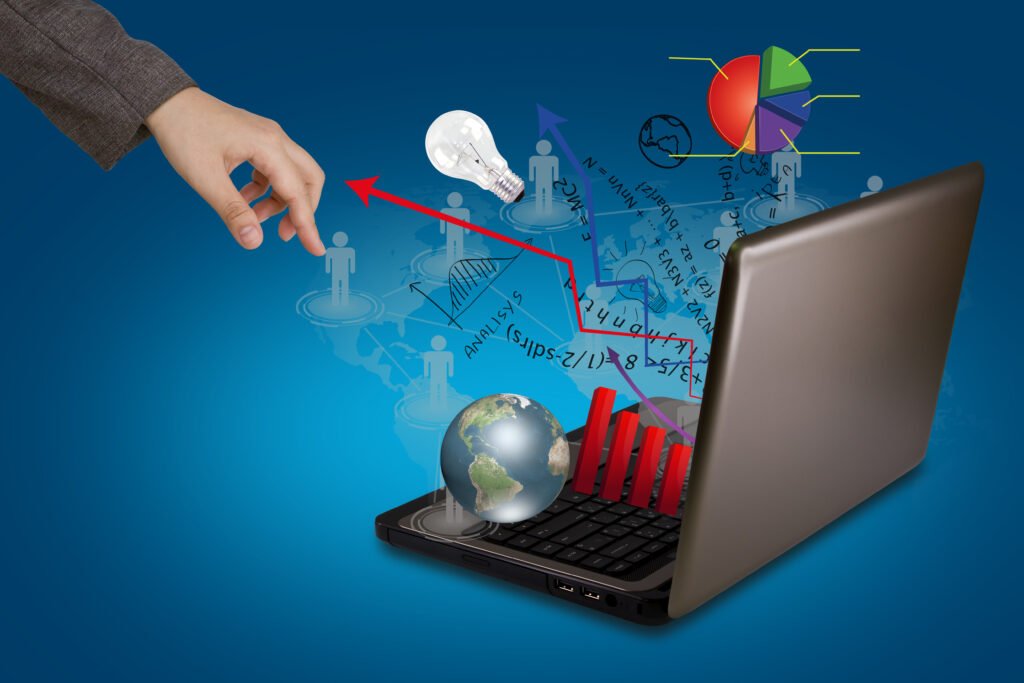These days industries are highly dependent on vast amounts of raw and unstructured data available in their data repository for valuable insights. Data Science is an emerging technology that provides powerful and efficient algorithms for handling massive amounts of data. Data scientists contribute to analysing the voluminous data to stream meaningful insights to explain data science life cycle. These insights help in steering decisions for improving the organisation’s revenue generation. Companies practice following a methodical approach towards solving data-based real-time problems. Several procedural steps together constitute the process of the Data Science Life Cycle.
This blog captures a short step-wise guide to explain Data science life cycle.
How many stages are there in Data Science life cycle?

If you are looking for how many stages are there in data science, you will find that it contains five constitutional stages. Let us look at the five stages of data science life cycle:
1. Capture: The first step in the data science life cycle is gathering the raw structured and unstructured data. MySQL is a handy tool for querying and reading databases. R and Python have special packages to read data from specific sources into data science methods. Data can be retrieved using the Web APIs as well.
2. Maintain: In this stage of the Data Science cycle, the data is processed, filtered and converted into a usable format. Data cleansing, Data Staging, and Data processing constitute the tasks of this stage.
3. Process: This stage of the data science cycle involves various tasks like Data Mining, Data Classification, Data modelling, Data Summarisation etc. The cleaned and filtered data is processed to examine the patterns, ranges and biases to decide the usefulness of data in predictive analysis.
To Become A Data Scientist, Click and Register
4. Analyse: Here, the data is analysed through methods like predictive analysis, regression, qualitative analysis, etc. The methodical analysis uncovers the insights from the data.
5. Communicate: The data analysts transform the analysis into structured and readable forms such as charts, graphs and reports. Data Reporting, Data Visualisation, and Business Intelligence are a few tasks in this stage.
Applying Data Science life cycle into the real-time world
A Data scientist life cycle of data science example will further help us explain the Data Science life cycle elaborately. For our assumption, Reliance Industries Limited is the client who needs future projections of its stock price.

1. Understand the business problem:
As part of the first step in the data science life cycle, a business analyst gathers the required details and develops a sound understanding of the business problem. Fundamental questions can yield appropriate information to define the problem.
2. Data collection:
Data collection is an essential step in the Data Science life cycle. The pertinent information needs to be gathered from suitable sources. Server logs, digital libraries, web scraping, social media, etc can be used to collect the data. For our Data Science life cycle example, Yahoo Finance is used to get the historical data of Reliance Industry stock in the form of a CSV file. Multiple sources are used to collect data in a real-time project.
3. Data preparation:
This step focuses on finding suitable parameters to determine the end goal accurately with the data scientist life cycle of data science. Graphs, bar plots, and pie charts are used to visualize the patterns and anomalies. Exploratory data analysis (EDA) is one of the methods followed in this step.
4. Data modelling:
This is the most vital step of any Data Science life cycle project. The data is available in the desired format and ready to be fed to a model, producing the required output per its algorithm. ML problems can be roughly categorized into regression, classification, and clustering. After identifying the right type, a suitable algorithm is selected for the model. If the output is not as desired, the model is repeatedly trained to calibrate the results. This process is iterated until the ideal model is detected. Let us consider simple linear regression for the current Data Science life cycle example.
5. Model deployment:
If the model succeeds in producing results with reasonable accuracy, it is picked up for deployment in the real world. But continuous optimization of the model should happen to gain precise predictions.
To Become A Data Scientist, Click and Register
Data scientist life cycle: Different roles of a data scientist
A data scientist has different responsibilities and needs relevant skills at every stage to desperately explain data Science life cycle. These roles and responsibilities make the most of it for the data science life cycle.

1. Problem Definition:
As part of the first step in data science life cycle, a data scientist must work with the business team to recognize the problem well and define the project’s scope. The Data Scientist needs to ask about the business objective and data availability.
2. Data collection and preparation:
In this phase, the Data Scientist performs the tasks of gathering the data, cleansing it and assembling it for analysis. The Data Scientist takes care of the duplicates, erroneous values, and missing data and converts the data into an appropriate format for analysis.
3. Exploratory data analysis:
In this stage, the Data Scientist explores the data to pin down suitable patterns, which would be fed into the model for the required predictions. Additional parameters are also identified, which can help improve the model’s accuracy.
To Become A Data Scientist, Click and Register
4. Model selection and training:
This forms the core of the Data scientist life cycle of data science. The Data Scientist identifies a suitable model for the problem. The model is trained using the prepared data. The model’s performance is assessed based on the results. It is iteratively optimized for better accuracy.
5. Model deployment:
The Data Scientist will deploy the trained model into the real-time environment and observe its performance. The model is re-trained to accommodate the evolving patterns.
Conclusion
To explain data Science life cycle is an exhaustive step-wise process that churns the raw data into refined predictions. Each step in the life cycle needs to be performed with detailed precision. Following the procedures rightly produces reports which play a significant role in decision-making for any organization. Organisations can hugely benefit from considerable growth, with a well-structured data science process to follow.

I spent over three hours reading the internet today, and I haven't come across any more compelling articles than yours. I think it's more than worth it. I believe that the internet would be much more helpful than it is now if all bloggers and website proprietors produced stuff as excellent as you did.